The Russian-Ukrainian War marked the first true drone battle in history. However, the idea of using unmanned lethal machines to eliminate enemies dates back to the mid-19th century. It has been a persistent fascination for military inventors since then.
Austrian Airborne Balloons
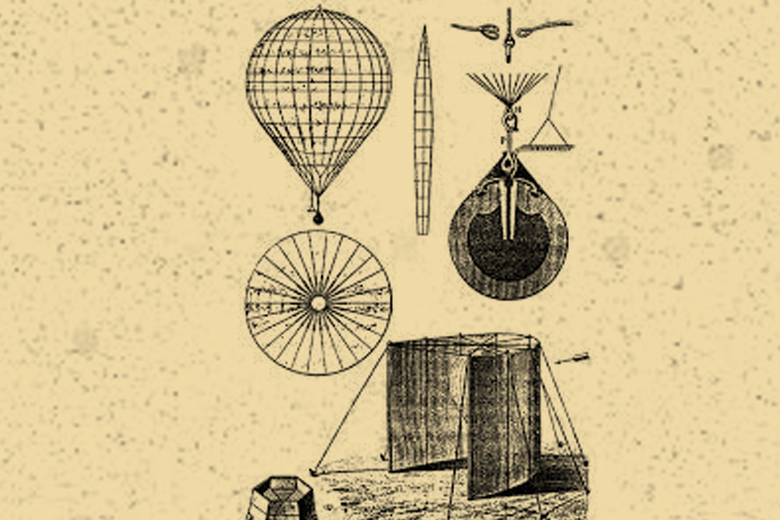
Photo: Austrian Airborne Balloons, Source: Wikipedia
In 1849, the Austrians besieged Venice—a city that rose against the feudal remnants of the Habsburg Empire, seeking liberal rights and freedoms. The battlefield landscape helped Venetians fend off enemy assaults; cannons couldn’t be positioned close enough to deliver accurate shots. Artillerist Franz von Uhatis devised a plan to attack the city using unmanned balloons. This required seizing a moment when the wind blew towards Venice and calculating timing for clockwork mechanisms integrated into devices for deploying shrapnel ammunition.
During the attack on the rebels’ defenses, a hundred unmanned balloons took flight, but the wind abruptly changed, causing only a few bombs to reach their target. Regardless, the explosions in the sky triggered panic among Venice’s inhabitants. The city eventually capitulated, not due to the unsuccessful balloon attack, and the new weapon was soon forgotten.
Remote Radio Communication
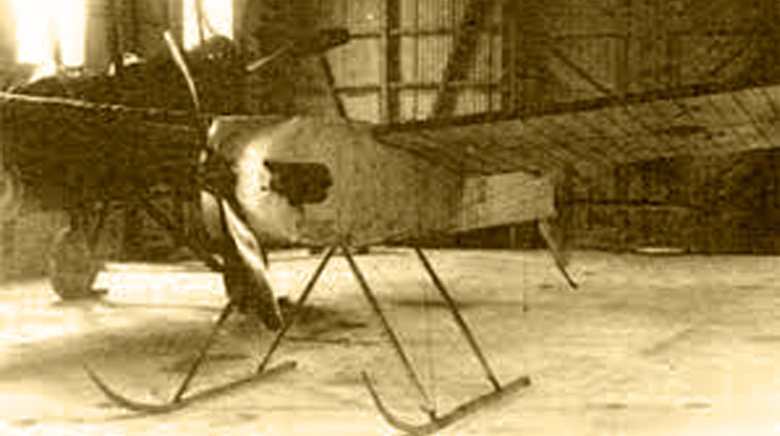
Photo: Ruston Proctor Aerial Target, Source: Wikipedia
Almost 70 years later, UAVs came to mind again during World War I. Young British engineer Archibald Low assembled a team of 30 people and developed the Ruston Proctor Aerial Target. It resembled the biplanes of that era but was controlled not by a pilot but through radio communication. Like the contemporary American developments—the Kettering Bug and Hewitt-Sperry Automatic Airplane—Low’s machine was more a precursor to guided missiles than UAVs. While tests showed that remote control of an aircraft was possible (albeit far from ideal), the war’s end halted further development. Both British and American projects lost funding.
Queen Bee
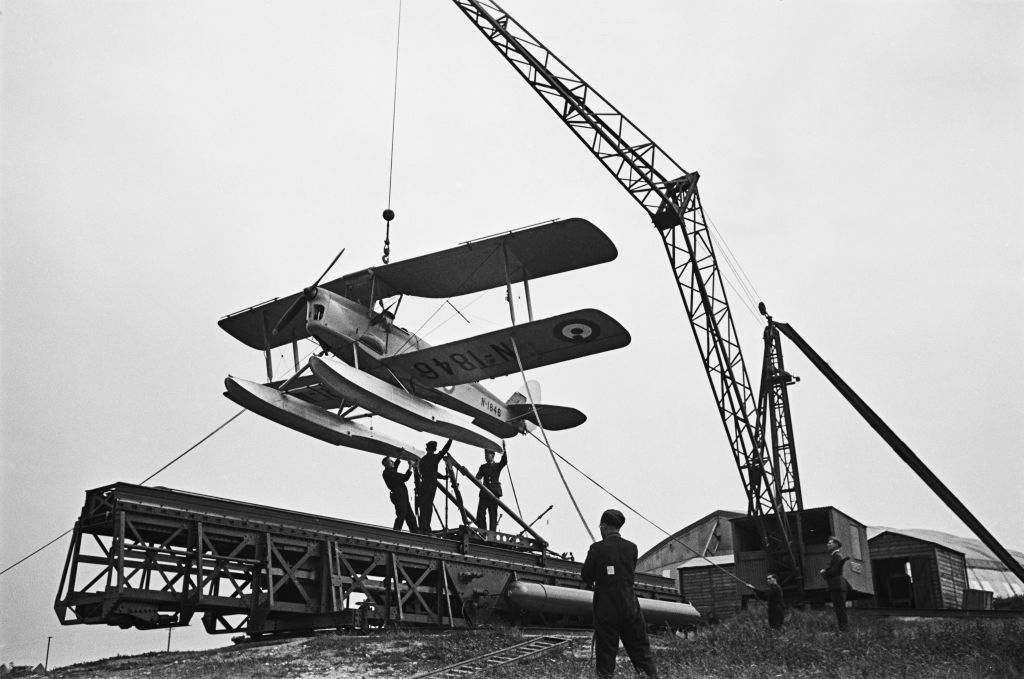
Preparations being made for the launching from a steam catapult of a Fleet Air Arm De Havilland DH82B Queen Bee seaplane drone ( N- 1846) which is flown by wireless control without a pilot and is devised as a low-cost radio-controlled target aircraft for anti-aircraft gunnery training at the Weybourne Anti-Aircraft Artillery Range on 7th July 1939 near Weybourne, United Kingdom. (Photo by Fox Photos/Hulton Archive/Getty Images)
After World War I, the military focused on refining targets for anti-aircraft training. At the time, the technology was imperfect and dangerous—a regular piloted plane soared with a model of an enemy plane trailing behind on a rope, serving as a target for trainees’ practice shots. This changed in 1933 when the British developed the first true UAV based on the Fairy Queen biplane, naming it the Queen Bee and also controlled by radio communication. This invention was a breakthrough, and the device was mass-produced for training purposes throughout the following decade.
American Take on the Trend
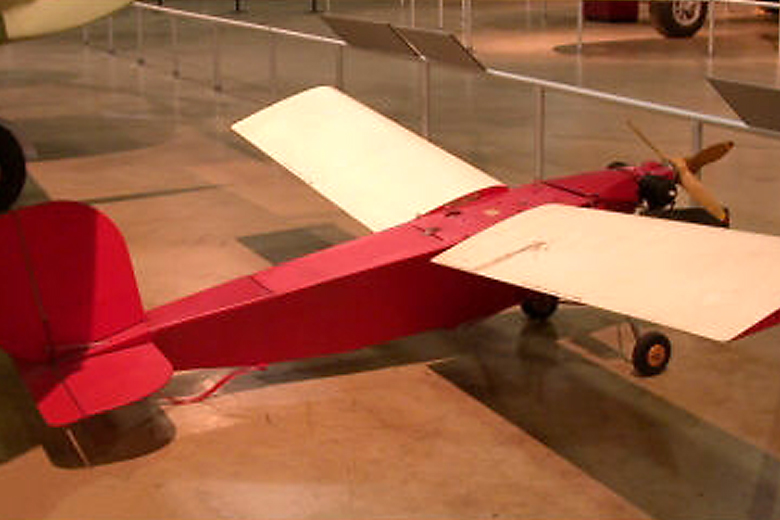
Photo: Radioplane OQ-2, Source: Wikipedia
Seeing the British “Queen Bee,” the Americans became interested and wanted something similar. Led by Lieutenant Commander Delmar Fahrney, a group started working on radio-controlled aviation. As a tribute to the revolutionary British device, Fahrney started referring to UAVs as “drones.” This led to the creation of the Radioplane OQ-2, with around 15,000 produced during World War II. The U.S. also used its UAV as target practice for air defense training.
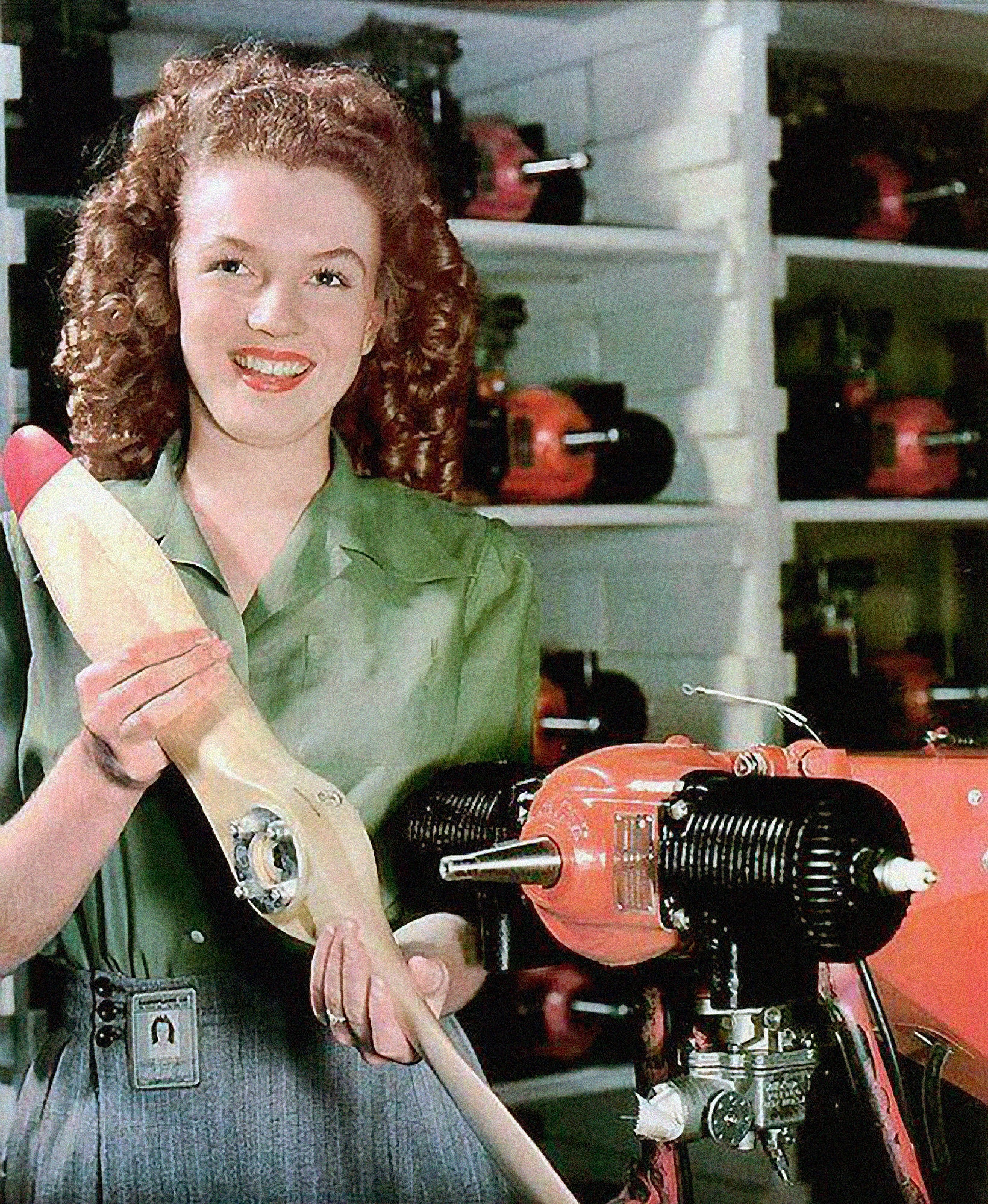
Photo: Norma Jeane (Marilyn Monroe) at Van Nuys factory, Source: YankArmyWeekly
Interestingly, in 1945, military photographer David Conover visited the Van Nuys factory where Radioplane OQ-2s were produced and decided to capture a promotional photo of a female worker assembling one of the drones. The chosen worker was Norma Jeane. The photo, depicting the young woman handling the drone’s propeller, became popular, and later, Norma Jeane herself became famous as Marilyn Monroe.
The First Combat UAV
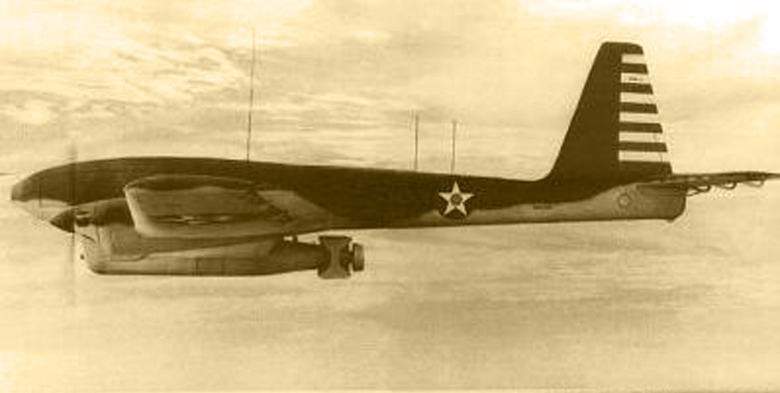
Photo: TDR-1, Source: Wikipedia
The Americans developed their first combat UAV during World War II—the twin-engine Interstate TDR-1 bomber. The drone consisted of a plywood fuselage and a frame made from bicycle tubing, due to efforts to save on materials. The drone flew low, slow, and short distances due to these compromises. It was also difficult to control. The Interstate TDR-1 was equipped with a camera that transmitted images to a pilot flying alongside the drone. The pilot maintained radio communication with the drone to guide it. The UAV could be armed with either a 900-kilogram bomb or an equally heavy aviation torpedo. The Interstate TDR-1 was used a few times in battles against the Japanese in the Pacific in 1944, but it didn’t create a significant impact, and the project was eventually shelved.
Spy Drones
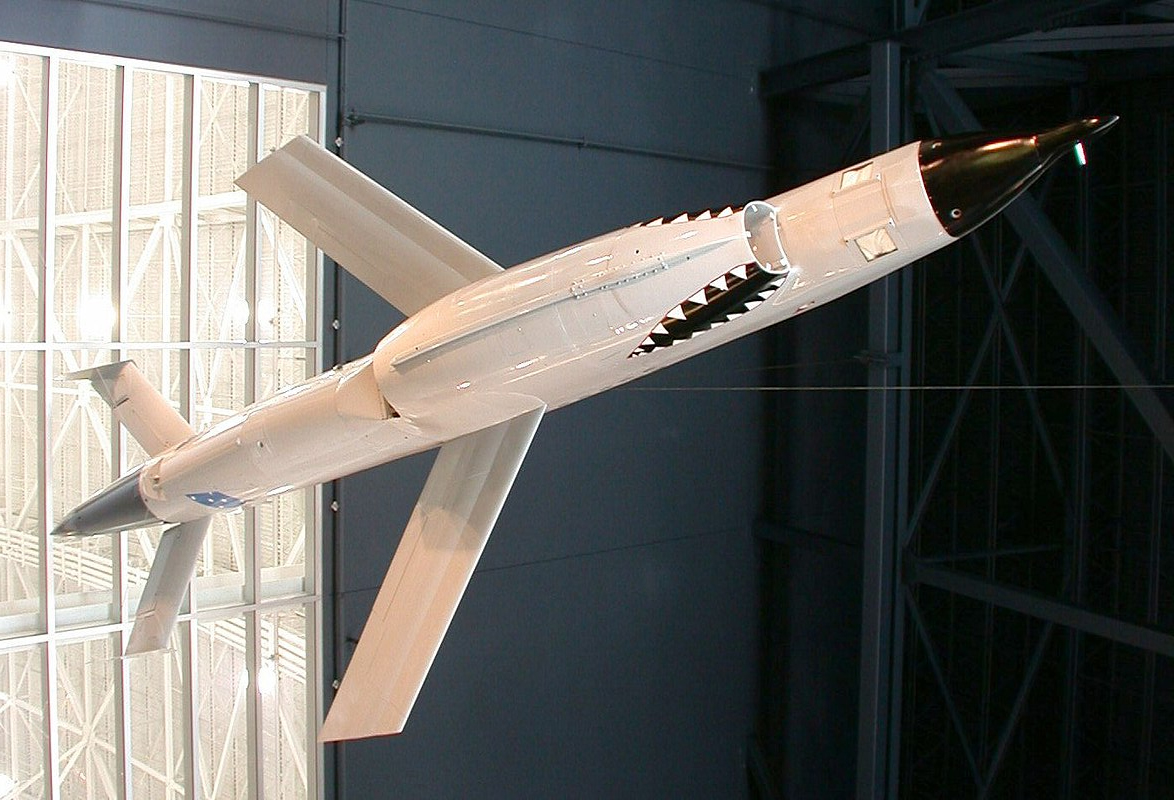
Photo: Ryan Model 147, Source: Wikipedia
After World War II, drones continued to be widely used as training targets, and the focus shifted away from combat UAVs for a while, concentrating on developing guided bombs and cruise missiles. However, in the 1960s, a new idea emerged—drones for reconnaissance. For this purpose, UAV targets were equipped with cameras and other observation devices. The most popular spy drone of that era was the Ryan Model 147 Lightning Bug. It proved invaluable to the United States in Vietnam, China, and North Korea, remaining in demand until the early 1970s. Lightning Bugs were launched from aircraft wings and, after completing their reconnaissance, they would descend into water via parachutes (their landing gear was removed for cost-efficiency). A helicopter would then retrieve the drone by hooking it and transporting it back to the military base.
Harpy
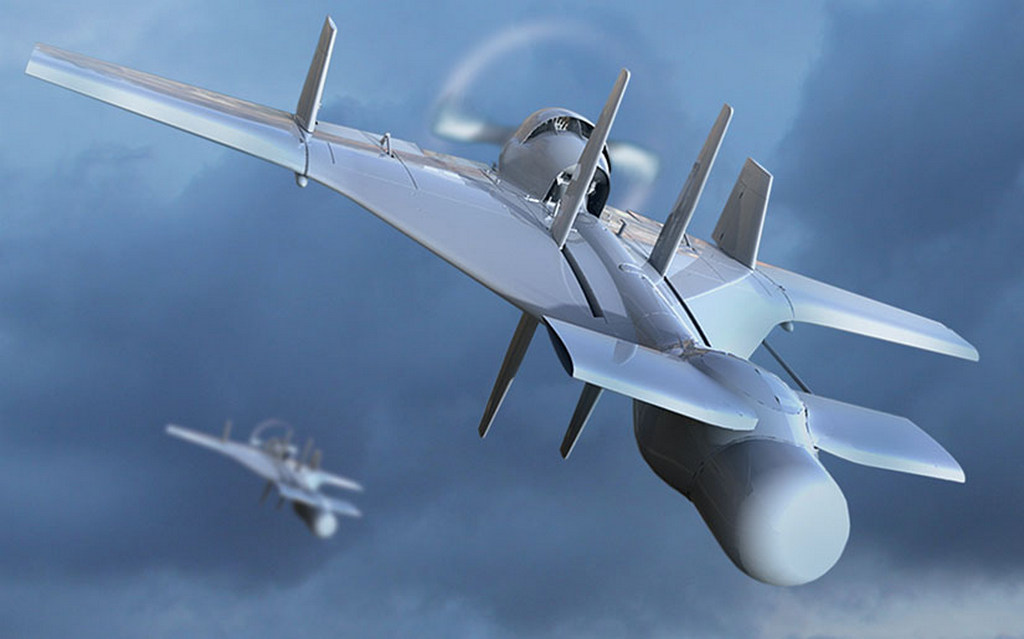
Photo: Harpy, Source: Iaf.org
In the late 1980s, Israel introduced a new concept with the creation of Harpy—an autonomous munition capable of loitering for up to 6 hours while waiting for an opportune moment to strike enemy radar. When launched into an area where enemy radars are likely present, Harpy patrols the perimeter upon arrival. A swarm of decoy drones is then launched. When the enemy activates their radar in response to the aerial threat, Harpy swiftly homes in on the signal and targets the radar station with an explosive payload.
Predator – The Hunter-Killer

Air Force officials are seeking volunteers for future training classes to produce operators of the MQ-1 Predator unmanned aircraft. (U.S. Air Force photo/Lt Col Leslie Pratt)
In 1995, the modern era of UAVs began with the creation of the Predator in the United States, the world’s first hunter-killer drone. Initially designed for reconnaissance, after the September 11 attacks in 2001, the U.S. Congress authorized UAV strikes against terrorists. Thus, from 2002, the Predator also became a hunter-killer of terrorists. Controlled via satellite communication, the drone could fly over the Middle East while its operator, enjoying a cup of coffee on a U.S. military base, guided it in real-time. The Predator played a crucial role in locating Osama bin Laden’s hideout in Afghanistan.
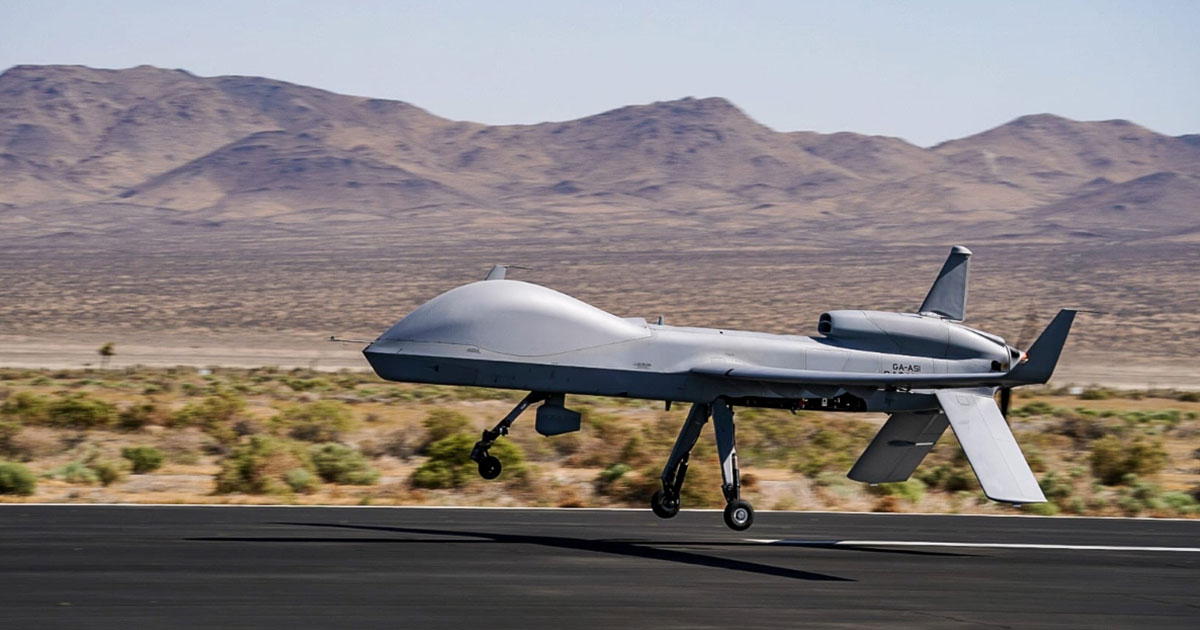
Photo: Reaper, Source: Ga.com
Its successor, the Reaper, not only excelled at tracking pinpoint targets but also precisely eliminating them. For a decade, Americans surgically targeted and eliminated several Al-Qaeda leaders. In 2020, following an order from Donald Trump, a Reaper drone killed Iranian General Qasem Soleimani.
Drone Wars

Photo: Bayraktar, Source: Baykartech
The Second Karabakh War marked the first conflict where one side extensively deployed combat drones. Azerbaijan utilized a multitude of drones, both Turkish and domestically produced, for attack, while Armenia lacked an effective response. After a 44-day war, parts of Nagorno-Karabakh were lost.
The Russian-Ukrainian conflict became the first war where both sides heavily used combat drones. In the early days of the invasion, Ukraine began destroying the occupiers’ convoys with the Turkish drone Bayraktar. By the end of 2022, this drone achieved cult status. People around the world celebrated each black-and-white first-person video where Bayraktar eliminated another piece of equipment marked with a Russian swastika. Songs were composed about this UAV in Ukraine, cocktails were named after it, and some even named their children Bayraktar.
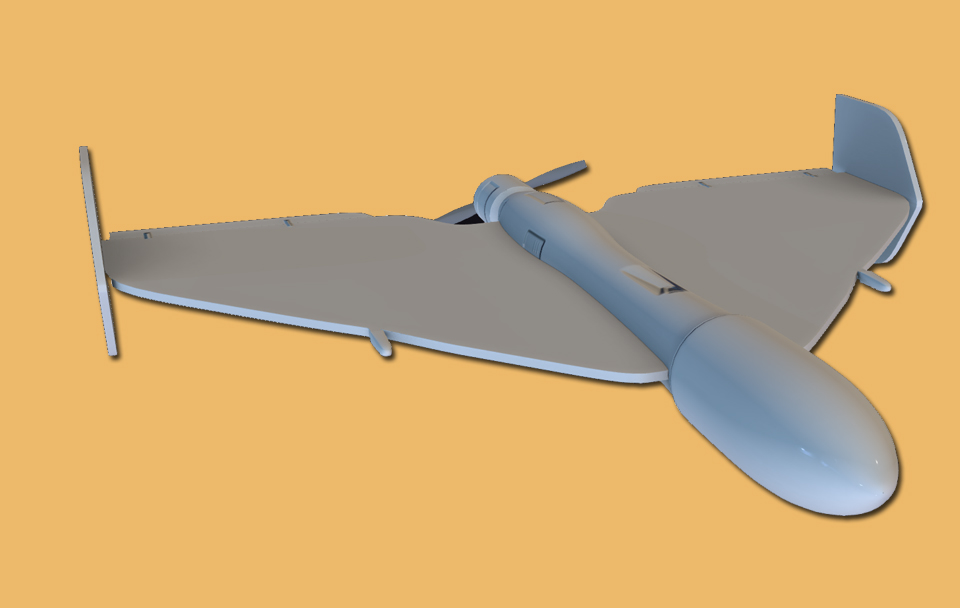
Photo: Shahed-136, Source: Wikipedia
Notably, both Bayraktar and the more advanced Reaper are precision weapons against terrorists who often hide behind civilians. In response, terrorists devised a strategy. Russia purchased kamikaze drones Shahed-136 from Iran and began terrorizing Ukrainians in late 2022 by launching attacks on residential buildings and civilian infrastructure. The “Shahed terror” continues, although the Ukrainian Armed Forces have become proficient at shooting down most of these UAVs, which are colloquially known as “mopeds” due to the sound of their cheap engines during flight.
Wedding Copters
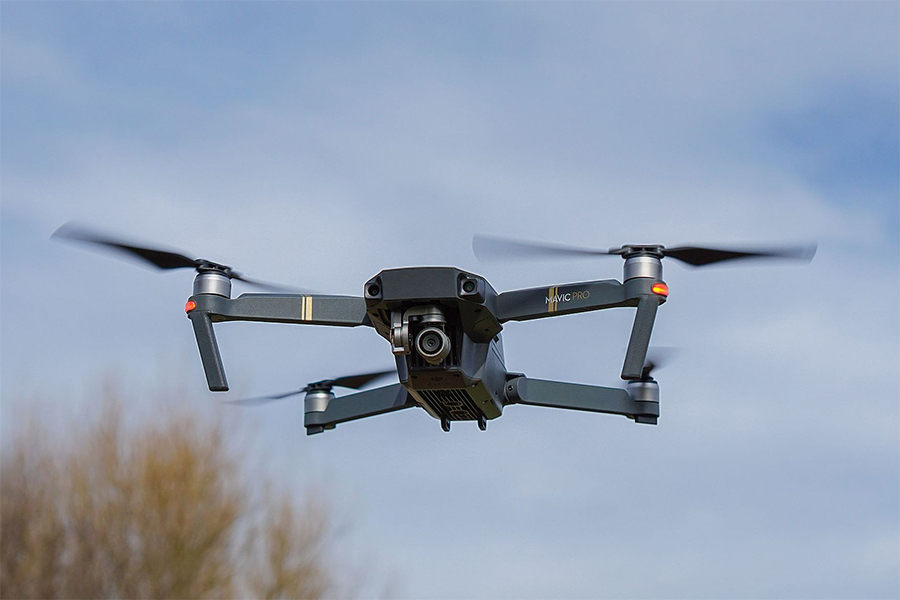
Photo: DJI Mavic, Source: Wikipedia
Although Bayraktar and Shahed gained media attention during the Russian-Ukrainian war, unexpected utility came from so-called “wedding drones.” These civilian copters for photography and filming, first appearing in the 2000s, unexpectedly proved useful. Today, the Mavic drone from the Chinese company DJI has become the hit for close-range reconnaissance and artillery fire correction among Ukrainian defenders. Overall, civilian drones are advantageous due to their affordability (costing from hundreds to thousands of dollars), high-quality stabilized optics, and versatility in taking off and landing. Moreover, Ukrainians have learned to use them for precise delivery of grenades and small artillery shells into Russian occupant trenches.
“Follow Me”
Lastly, it’s worth mentioning that military drones can do more than just destroy enemy equipment and personnel; they can also be used to create captivating documentaries that are impossible to tear away from. Ukrainian director Lyubomyr Levitsky, renowned for his work in comedy and fantastic thrillers, demonstrated this by producing a 30-minute documentary film titled “Follow Me.” The film focuses on the rescue operation carried out by the 93rd Brigade of the Ukrainian Armed Forces, known as “Holodny Yar,” during the summer of 2022 near Izyum, where heavy battles were taking place. With the aid of drones, the film’s heroes managed to save the lives of civilians and safely evacuate people from the combat zone.
“Follow Me” comprises interviews with real participants of the events, as well as numerous video materials captured by drones during the rescue operation. The film has been made available on YouTube for free viewing and is accessible to all. We strongly recommend watching it—awareness of the heroic deeds of Ukrainian figures should span the globe.
Source: The Gaze







